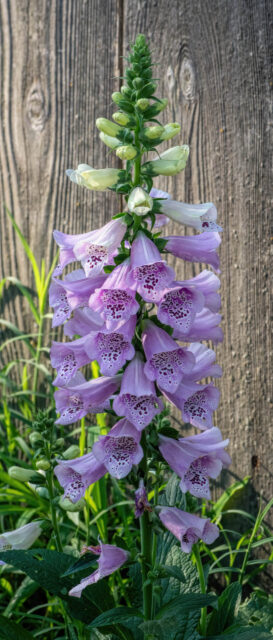
Spring was unusually dry, but June rains have made up for it. The garden overall is doing well. Nearly all the foxgloves are blooming or will be soon. These are “Camelot mix” hybrids I started indoors earlier. So far all the flowers have been lavender, but there should eventually be a few other colors.
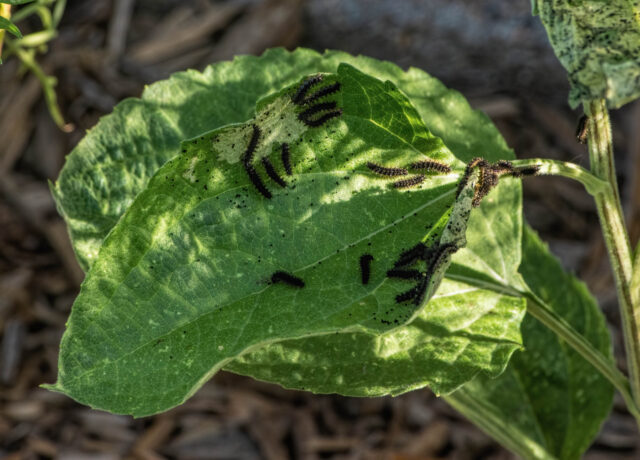
Rudbeckia subtomentosa, one of the prairie perennials I’m experimenting with, is growing strongly, and I expect it will bloom well in its first year — if it doesn’t get completely eaten. Every time I’ve grown black-eyed susans in the past, at some point in early summer swarms of little black caterpillars will ascend the plants and skeletonize the leaves. While the insects eventually become pretty little butterflies, I’d rather have the plants have intact leaves. Pyrethrins plus neem oil work pretty well against the creeping menaces.
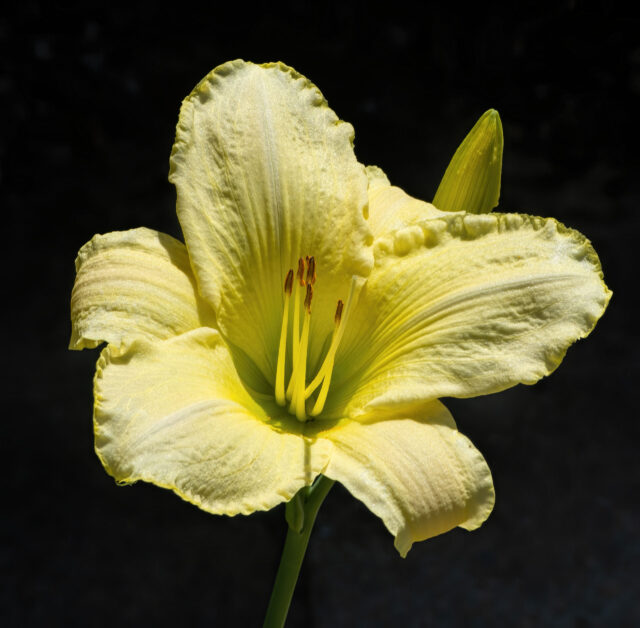
I moved most of the daylilies out of the bed with poisoned soil, and they are now growing very well. The one above is supposed to be a near-white variety, but it looks like plain yellow to me.
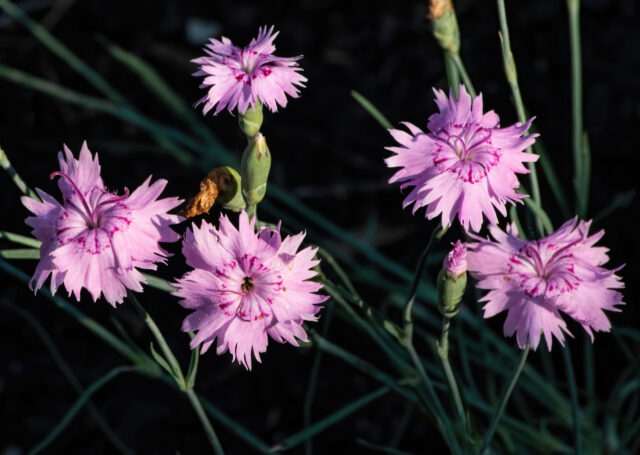
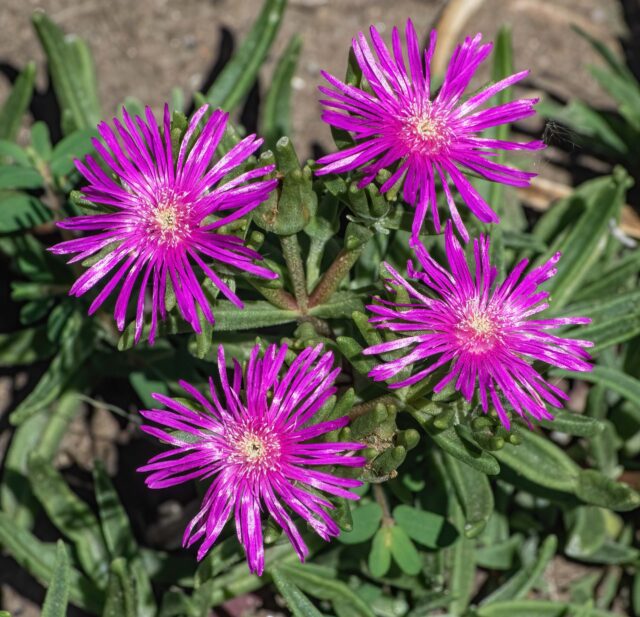
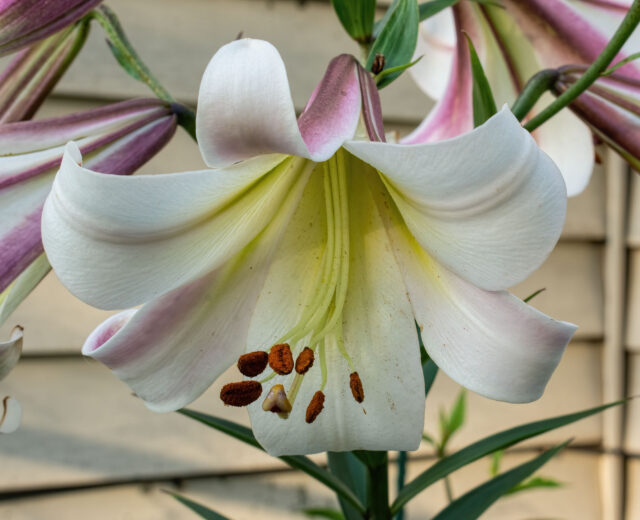
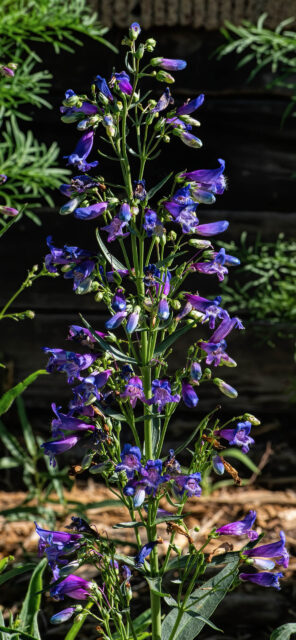
I’ve been investigating penstemons. I’ve got four different kinds growing, three of which have bloomed already. The genus is native to North America, with the majority of species from the western states. Many of them are from hot and arid areas and might do well in Kansas. Penstemon digitalis, below, is native to Kansas. I have the plain species, but if you are buying plants rather than starting from seed, you might prefer the strain “Husker Red,” which has purplish-red leaves and stems.
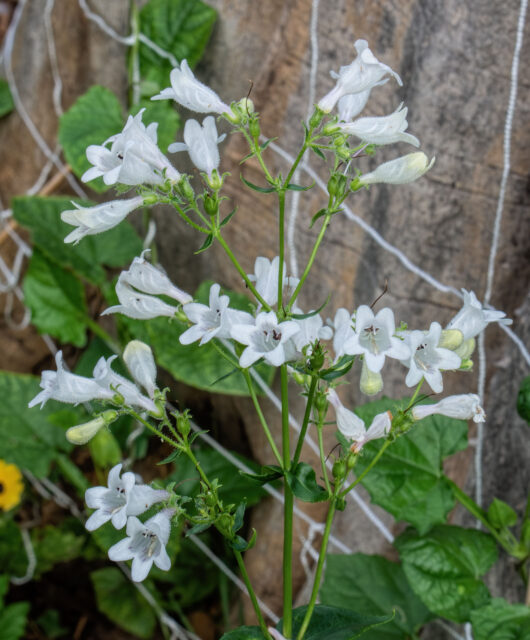
There is an American Penstemon Society, which has a useful, if disorganized and perpetually under-construction website that is usually accessible. The “cultivation information” is particularly useful, though it takes patience to read all the 31 separate PDF’s. The notes usefully state which species are popular and easy. Note that a species that is “easy” in Utah or California is not necessarily going to be easy in Kansas or Virginia.
